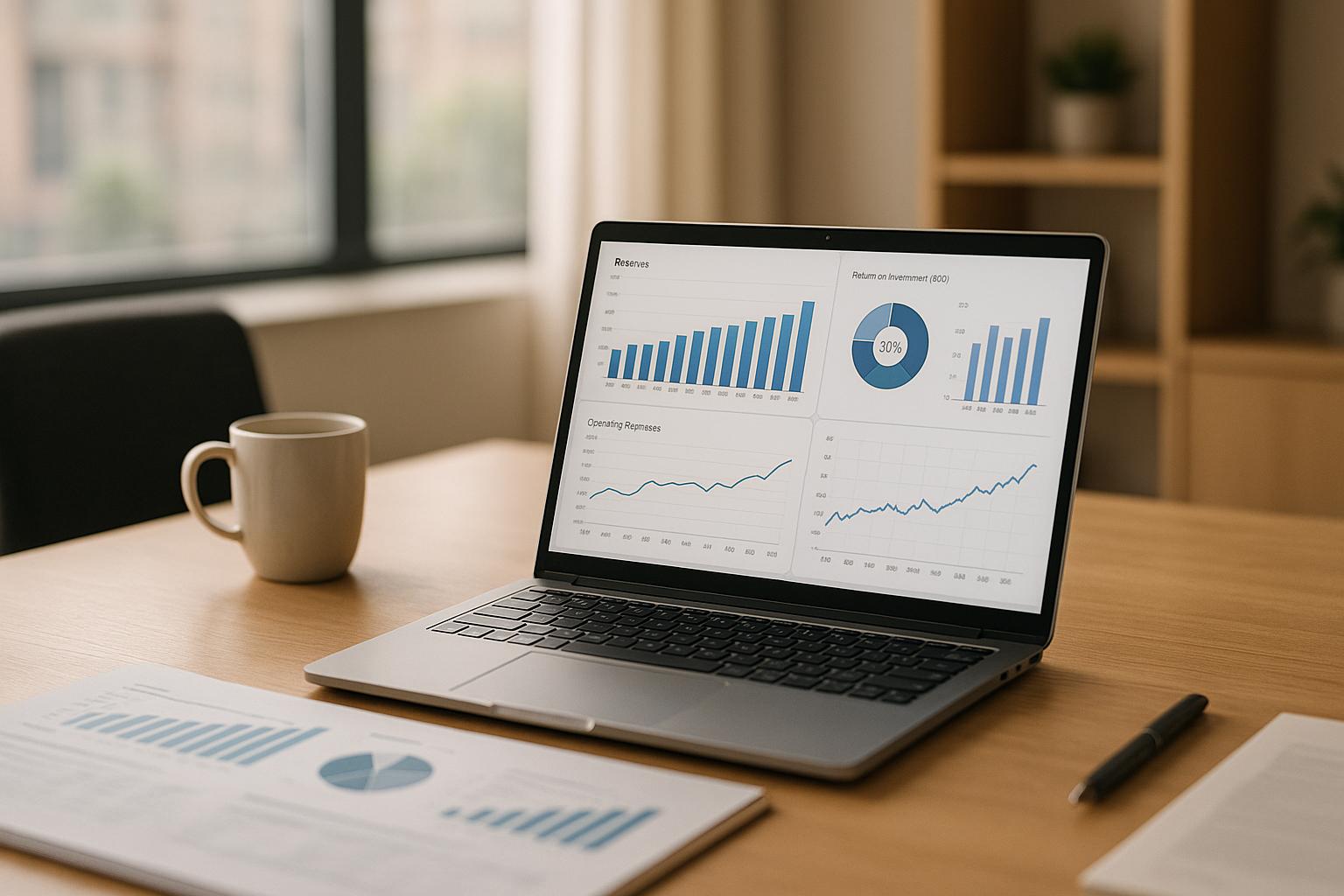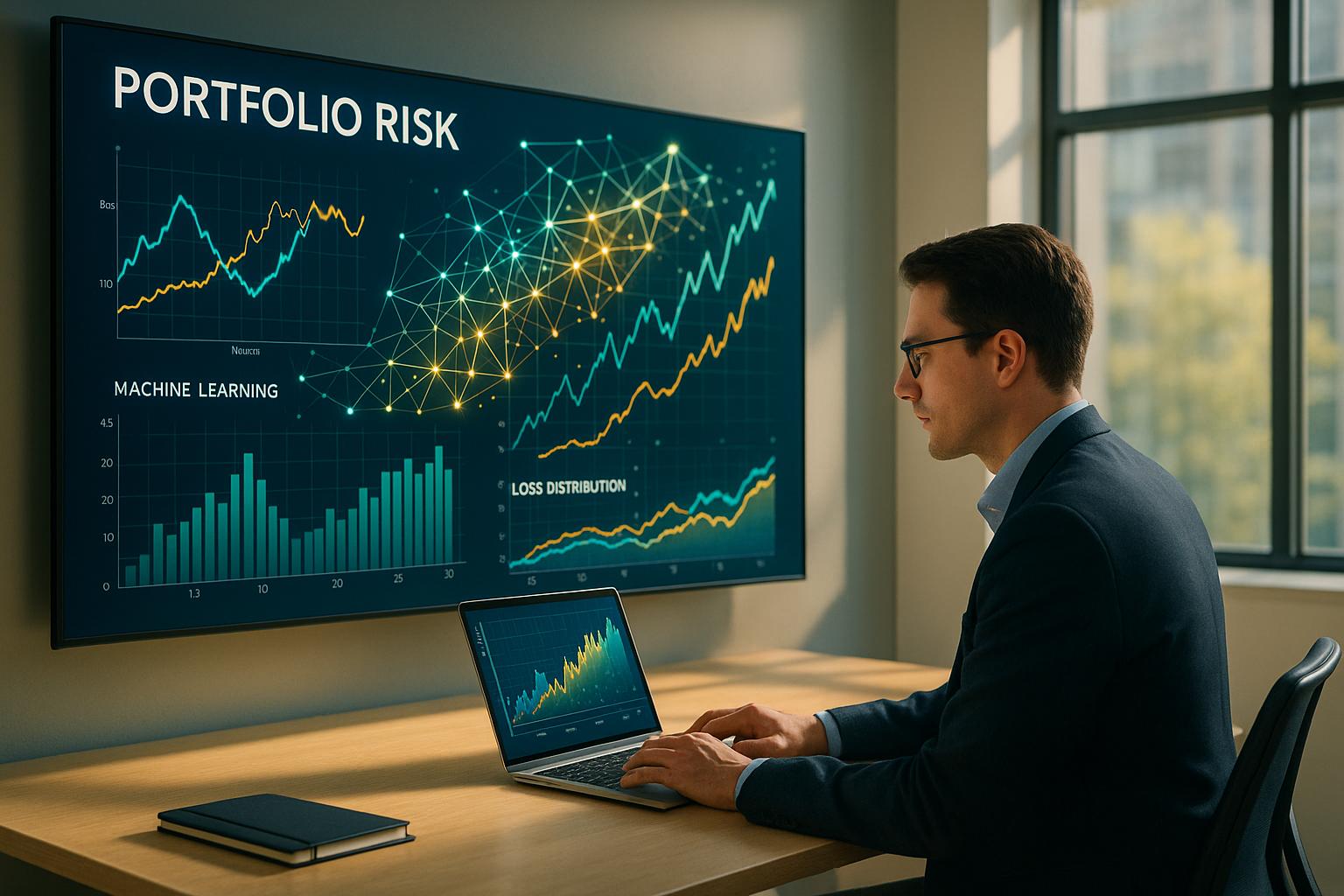Managing risks in Agile B2B projects is about staying proactive and flexible. Here’s how teams can integrate risk monitoring into their workflows:
- Break Risks into Categories: Financial, operational, market-related, and technical risks.
- Use Agile Practices: Include risks in daily stand-ups, sprint planning, reviews, and retrospectives.
- Leverage Tools: Use AI-driven platforms and real-time event systems for instant risk updates.
- Collaborate with Stakeholders: Maintain open communication and shared responsibility for risks.
- Build a Transparent Culture: Assign clear roles, track risks visibly, and review regularly.
Quick Summary of Tools and Techniques:
| Tool/Practice | Purpose | Benefit |
|---|---|---|
| AI-Driven Risk Analysis | Automated scoring, predictions | Early risk detection |
| Event-Driven Systems | Real-time data processing | Instant alerts and recalculations |
| Agile Ceremonies | Continuous monitoring | Regular risk evaluation |
By combining Agile methods with modern tools, teams can monitor risks effectively and keep projects on track.
How to Do Risk Management in Agile Projects
Step 1: Setting Up a Risk Management Framework
A solid risk management framework is essential for keeping potential issues in B2B projects under control. The goal is to create a structure that fits smoothly into your Agile workflows while staying flexible enough to handle changes as they come.
Risk Categories and Priorities
Break risks into categories that align with the specific challenges of your B2B project:
| Risk Category | Description | Key Monitoring Areas |
|---|---|---|
| Financial | Budget and resources | Cost tracking |
| Operational | Process delays | Sprint velocity |
| Market-related | Industry changes | Market trends |
| Technical | System issues | System performance metrics |
An Agile-friendly risk matrix can help teams quickly evaluate and tackle risks during sprint planning and reviews. Prioritize risks based on their impact and likelihood using data-driven insights, and consider tools like GigaSpaces and Worth AI for real-time assessments [2][4].
Once risks are categorized and prioritized, the next step is to integrate this framework into your Agile process.
Integrating Risk Management into Agile Sprints
The key to success is weaving risk management into your Agile workflows. Turn your Kanban board into a dual-purpose tool by adding risk tracking alongside your regular sprint tasks. Use color-coding to indicate different risk levels, and set up dedicated swim lanes specifically for risk-related tasks [3].
Incorporate risk monitoring into your Agile ceremonies to keep the process ongoing and effective:
- Daily Stand-ups: Share updates on current risks.
- Sprint Planning: Prioritize risks alongside other tasks.
- Sprint Reviews: Assess the impact of risks on project goals.
- Retrospectives: Evaluate how well risks were handled.
To ensure continuous monitoring, feed your risk assessment results into a centralized tracking system [1]. Automate risk tracking wherever possible with digital tools, freeing your team to focus on resolving issues instead of just monitoring them.
With this framework in place, your team can address risks proactively as they arise, keeping the project on track.
Step 2: Real-Time Risk Monitoring
Risk Assessment During Sprints
Real-time risk monitoring calls for a flexible approach that keeps up with the fast-moving nature of agile B2B projects. During daily stand-ups, include a quick but targeted review of emerging risks to maintain an ongoing feedback loop. Pay attention to sprint-specific metrics tied to deliverables, like system performance or integration success rates, and keep an eye on how risks evolve to allocate resources where they’re needed most.
This method aligns directly with Agile’s focus on flexibility and continuous improvement, allowing teams to address challenges as they arise.
Using Tools for Real-Time Risk Updates
Modern tools make it easier for teams to analyze and act on risk data instantly. For instance, the B2B Ecosystem's Risk Analyzer offers automated risk scoring based on financial and market data, helping teams anticipate and manage potential problems [4].
Here are some key tools and their uses in real-time risk monitoring:
| Tool Type | Primary Function | Key Benefits |
|---|---|---|
| Event-Driven Systems | Real-time data processing | Instant risk recalculations |
| AI-Driven Platforms | Automated risk analysis | Predictive insights |
| Distributed Computing | Complex risk calculations | Fast and scalable processing |
"To speed up projects without increasing risk, institutions should change the way business units and the risk management function work together on projects, and methodologies" [5].
This kind of collaboration is supported by technical setups that allow real-time data sharing and integration across workflow tools [1]. Configure these tools to deliver timely alerts, visual dashboards, and smooth integration with Agile processes.
Using solutions like GigaSpaces technology, teams can maintain up-to-date risk profiles throughout each sprint cycle [2]. With real-time monitoring in place, the focus can shift to fostering collaboration for effective risk management.
sbb-itb-01010c0
Step 3: Collaboration for Risk Mitigation
Engaging Stakeholders in Risk Discussions
Managing risks in agile B2B projects relies on involving all stakeholders in a structured and consistent way. Everyone from technical teams to business leaders needs to play a role in identifying and addressing risks.
To make these discussions productive, teams should set up clear communication channels and regular check-ins:
| Engagement Level | Key Focus Areas | Participants |
|---|---|---|
| Strategic | Long-term risk trends | Executive sponsors, Product owners |
| Tactical | Sprint-level risks | Scrum masters, Team leads |
| Operational | Immediate concerns | Development team, QA |
Using tools like the B2B Ecosystem's Risk Analyzer can help align real-time data with actionable strategies [4]. This shifts teams from reacting to problems to preventing them, ensuring potential risks don’t derail project goals.
Creating alignment among stakeholders is important, but building a culture of openness and trust is just as crucial for effective risk management.
Creating a Transparent and Accountable Culture
Transparency starts with encouraging team members to voice concerns freely, supported by the right tools and processes. Alan Moran from the Institute of Agile Risk Management highlights this:
"A formal Agile risk management plan can help project teams gain awareness and control of threats and opportunities" [3].
To boost accountability, agile teams often adopt practices like:
- Clear Role Definition: Everyone knows their part in identifying and managing risks.
- Visible Risk Tracking: Tools that assign clear ownership to risks make accountability easy to follow.
- Regular Risk Reviews: Including risk discussions in sprint retrospectives keeps them top of mind.
These practices align with Agile’s focus on teamwork and continuous improvement, making risk management a natural part of the workflow. Feedback loops that show how addressing risks leads to positive outcomes help reinforce this culture.
Step 4: Advanced Technologies for Risk Management
Collaboration is key to managing risks, but advanced technologies bring the precision and speed necessary to handle risks in fast-moving B2B settings.
AI-Driven Risk Analysis
AI is changing how risks are identified and assessed. Tools like the B2B Ecosystem's Risk Analyzer automate risk scoring by analyzing financial and market data, helping businesses stay ahead of potential problems.
Integrating AI tools into Agile workflows ensures risk evaluations keep pace with project changes. Here's what these tools can do:
| Feature | Function | Business Impact |
|---|---|---|
| Automated Scoring | Uses real-time data for continuous risk checks | Faster, more informed decisions |
| Pattern Recognition | Detects trends across diverse data sources | Early warning of emerging risks |
| Predictive Analytics | Anticipates potential risk scenarios | Supports preventive actions |
"Dynamic, real-time monitoring of risks by digitally integrating risk assessment results into existing workflow management systems" is crucial for effective risk management in Agile projects [1].
Real-Time Monitoring with Event-Driven Systems
Event-driven systems are a natural fit for Agile processes, allowing teams to tackle risks as they arise. These systems analyze data instantly and trigger alerts when certain thresholds are crossed.
For example, GigaSpaces enables real-time risk calculations that adapt to market changes [2]. In high-pressure B2B environments, this agility helps avoid costly delays.
Key steps for implementation:
- Establish event triggers and automated responses tailored to specific project risks.
- Build feedback loops to improve the accuracy of risk detection over time.
Threshold levels for various risks should be carefully defined and adjusted:
| Risk Category | Threshold Level | Automated Response |
|---|---|---|
| Operational Risks | ±5% variance, 95% utilization | Notify stakeholders, scale resources |
| Market Risk | 10% market shift | Schedule a strategy review meeting |
Regularly updating these configurations ensures they align with project objectives and stakeholder expectations. By combining these tools with Agile principles, teams can handle risks more effectively and in real time.
Conclusion: Key Points for Agile Risk Monitoring in B2B Projects
Steps to Implement Agile Risk Monitoring
Combining core Agile practices with modern tools is key to effective risk monitoring in B2B projects. This approach balances structured processes with advanced technology to manage risks effectively.
| Implementation Phase | Key Components | Expected Outcomes |
|---|---|---|
| Stakeholder Collaboration | Open communication, shared ownership | Quicker risk response |
| Technology Integration | AI-powered insights, automated alerts | Predictive risk management |
Daily stand-ups and sprint planning further enhance this integration, keeping risks visible and manageable throughout the project.
Final Thoughts on Staying Vigilant
Using these steps, teams can create a proactive approach to risk management that aligns with the ever-changing nature of B2B projects. The outlined strategies demonstrate how Agile teams can seamlessly incorporate risk management into their daily workflows. Combining structured methods, advanced tools, and transparent communication ensures consistent risk monitoring.
"Dynamic, real-time monitoring of risks by digitally integrating risk assessment results into existing workflow management systems" [1]
Effective risk monitoring relies on integrating Agile routines, utilizing AI and event-driven systems for real-time insights, and fostering accountability. This approach helps teams stay ahead of risks while maintaining the flexibility required in today’s fast-paced B2B landscape.
FAQs
How to measure risk in agile methodology?
Measuring risk in Agile involves a practical and flexible approach that keeps things simple while ensuring thoroughness.
Here’s how risk measurement works in Agile, focusing on three main components:
| Risk Component | Measurement Approach | Implementation |
|---|---|---|
| Probability | Rated on a scale of 1-5 | Based on historical data and expert input |
| Impact | Assessed by time and cost factors | Evaluates effects on sprint deliverables |
| Risk Exposure | Calculated as Probability × Impact | Monitored during sprints |
The concept of risk exposure - probability multiplied by impact - helps teams determine the seriousness of potential risks. To make this part of their workflow, teams can follow these practical steps:
- Discuss risks during stand-ups to evaluate their effect on sprint objectives.
- Use tools like burndown charts to monitor and adjust risk exposure as needed.
- Apply predictive analytics to flag risks early.
"A structured Agile risk management plan can help project teams gain awareness and control of threats and opportunities" [3].
Teams can improve accuracy by integrating risk assessments into their existing tools and workflows [1]. With this setup, risk exposure is recalculated automatically as project conditions change, ensuring the team always works with up-to-date information.
Real-time tracking systems also play a key role. They adjust risk calculations as the project evolves, helping teams stay proactive and responsive. By embedding these practices into their Agile process, teams can better handle risks while sticking to Agile values.


